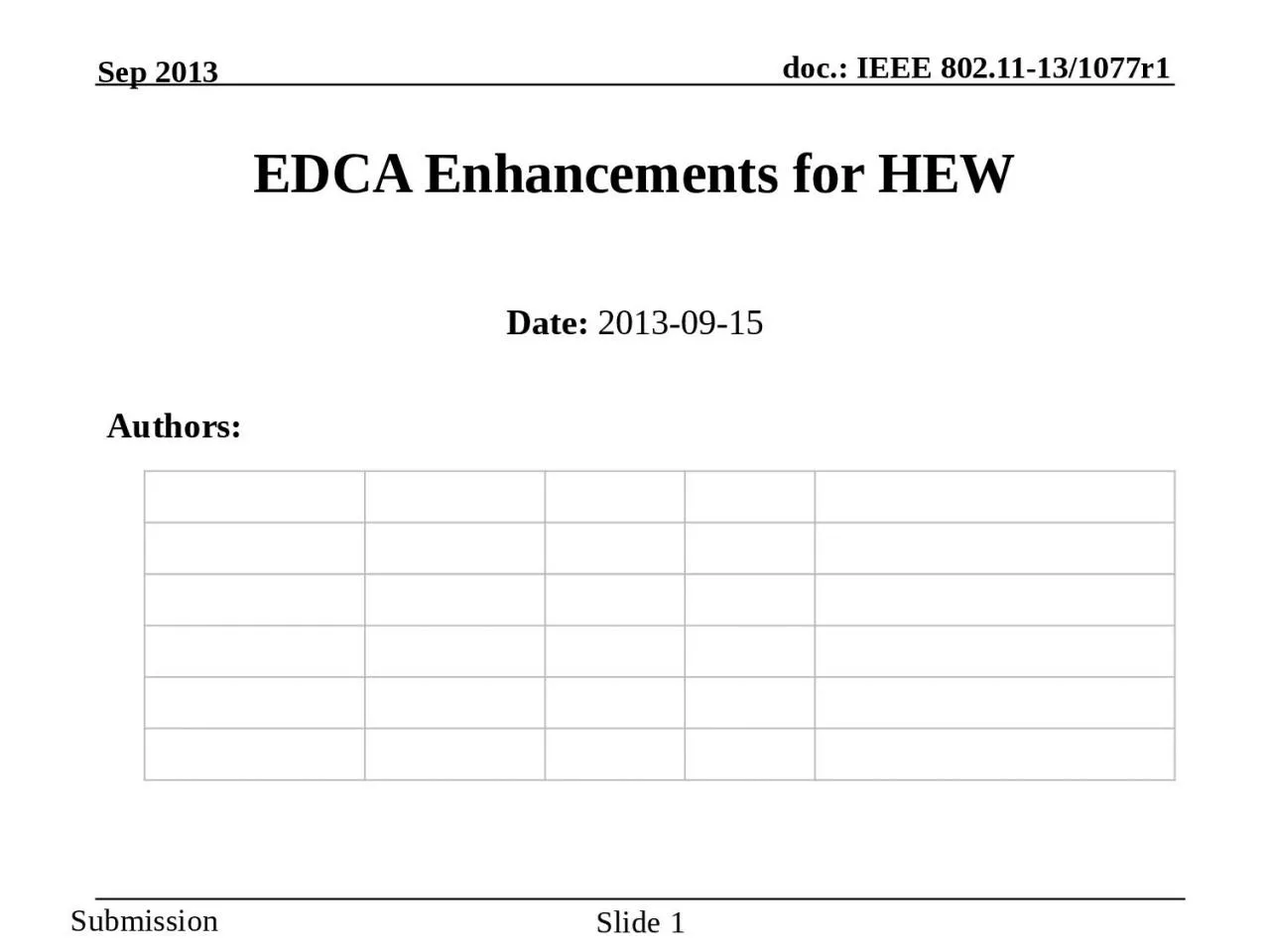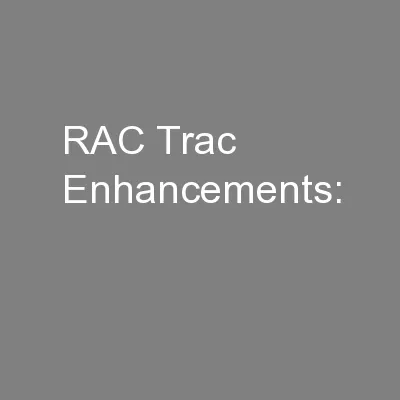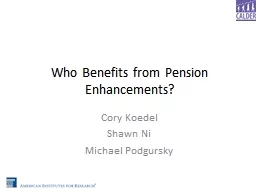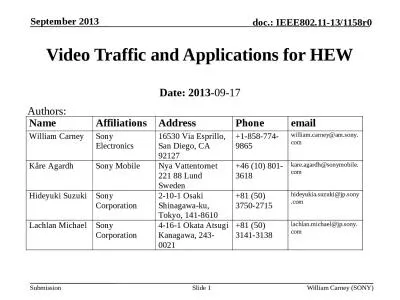PPT-EDCA Enhancements for HEW
Author : blondiental | Published Date : 2020-09-22
Date 20130915 Authors Name Affiliations Address Phone Email Hui Zhao BUPT hzhaobupteducn Juwo Yang BUPT yangjuwo163com Giuxia Kang BUPT gxkangbupteducn Wei xia
Presentation Embed Code
Download Presentation
Download Presentation The PPT/PDF document "EDCA Enhancements for HEW" is the property of its rightful owner. Permission is granted to download and print the materials on this website for personal, non-commercial use only, and to display it on your personal computer provided you do not modify the materials and that you retain all copyright notices contained in the materials. By downloading content from our website, you accept the terms of this agreement.
EDCA Enhancements for HEW: Transcript
Download Rules Of Document
"EDCA Enhancements for HEW"The content belongs to its owner. You may download and print it for personal use, without modification, and keep all copyright notices. By downloading, you agree to these terms.
Related Documents














